MS-PS1-1
Develop models to describe the atomic composition of simple molecules and extended structures.
-
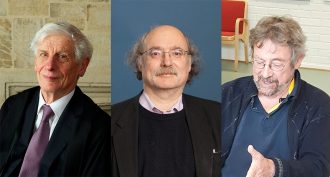 Physics
PhysicsMath predicts weird materials; leads to 2016 physics Nobel
The 2016 Nobel Prize in physics will go to three researchers that have made discoveries about exotic states of matter.
-
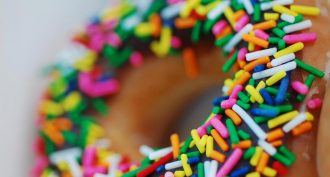 Health & Medicine
Health & MedicineWhy trans fats became a food villain
Trans fats are now known as a dietary villain. But in the beginning, scientists thought they were better than butter.
-
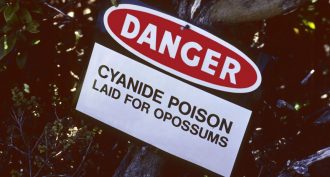 Chemistry
ChemistryScientists Say: Cyanide
Cyanides are poisonous. But they are more than that. This group of compounds is used in everything from mining to capturing fish.
-
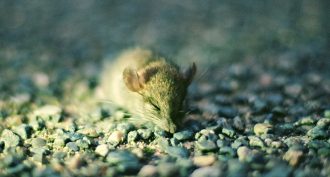 Brain
BrainA ‘cocktail’ in the brain can trigger sleep
A new study finds that a ‘cocktail’ of chemicals in the brain can directly cause mice to fall asleep or waken.
-
 Physics
PhysicsPossibility of strange new particle surprises physicists
Last winter, physicists at the Large Hadron Collider detected hints of a particle beyond their wildest dreams. Soon they may learn if it’s real.
-
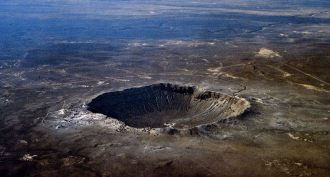 Chemistry
ChemistrySmash hit: Making ‘diamond’ that’s harder than diamonds
Scientists had suspected extreme meteorite impacts might turn graphite into an unusual type of diamond. Now they’ve seen it happen — in under a nanosecond.
By Beth Geiger -
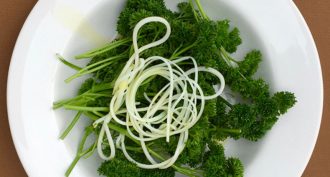 Chemistry
ChemistryOlive oil untangles plastic
Vegetable oils can make plastic fibers stronger. And the process is safer and better for the environment than other detanglers.
-
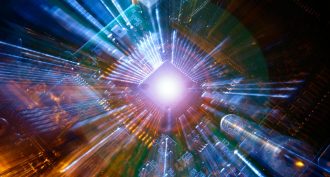 Materials Science
Materials ScienceLong-sought subatomic particle ‘seen’ at last
Physicists have finally caught a brief glimpse of massless subatomic particles that were first predicted to exist 85 years ago. It’s the elusive Weyl fermion.
By Andrew Grant -
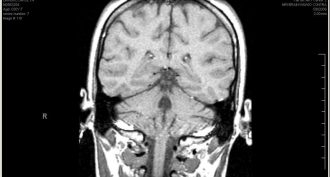 Brain
BrainScientists Say: MRI
MRI is a technique used to diagnose diseases and to study the body. The machine can map internal structures, all the way down to tiny blood vessels.
-
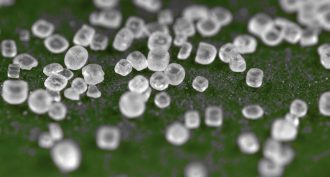 Chemistry
ChemistryScientists Say: Ion
Some atoms and molecules have a positive or negative electrical charge. These are called ions.
-
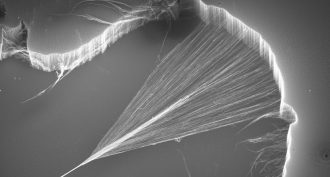 Tech
TechCool Jobs: Big future for super small science
Scientists using nanotechnology grow super-small but very useful tubes with walls no more than a few carbon atoms thick. Find out why as we meet three scientists behind this huge new movement in nanoscience.
-
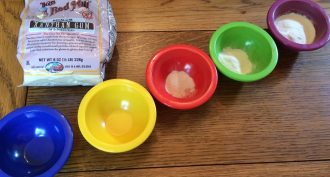
Cookie Science 13: The deal with gluten
To find out how to improve my gluten-free cookies, I learned a lot about what gluten does, and what other baking ingredients might take its place.